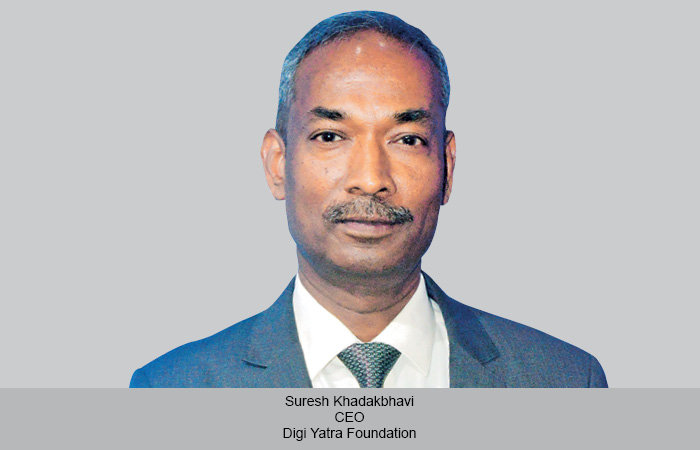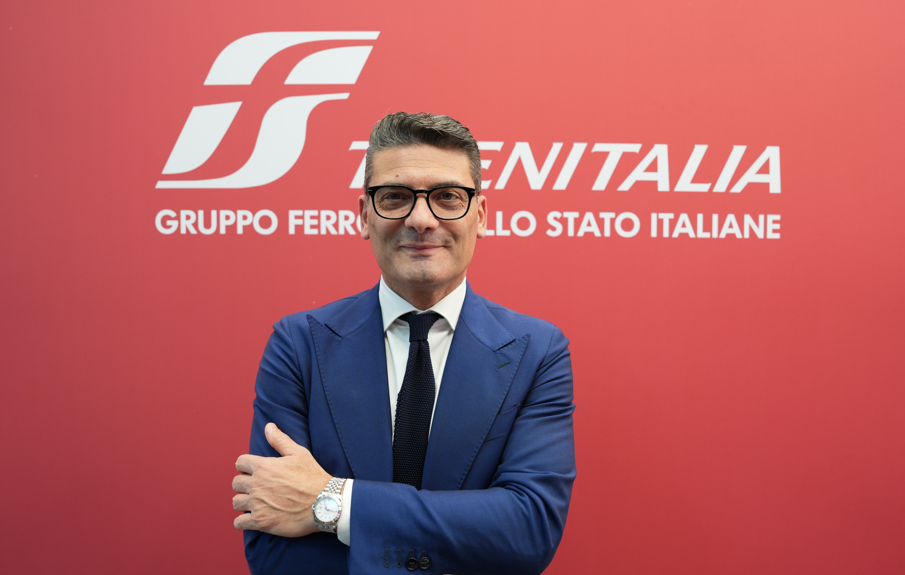India’s aviation sector is on the cusp of transformation with Advanced Air Mobility (AAM). Jonathan Sumner, Chief Strategy Officer, JetSetGo, shares insights into AAM’s potential, environmental benefits, infrastructure needs, and future challenges.
- Could you please tell us what Advanced Air Mobility Technology is and the current state of this in India?
Advanced Air Mobility (AAM) is the next frontier in air travel, leveraging cutting-edge technologies like electric propulsion, vertical take-off and landing capabilities, and advanced avionics. India is just taking its first steps into this revolutionary space, with several years still needed to bring these innovations through development and certification processes. However, the immense potential of AAM for the world’s fastest-growing aviation market has sparked strong interest from both global players and homegrown startups alike. JetSetGo, for instance, has already announced agreements with three leading AAM aircraft developers for future fleet orders.
- Could you elaborate on the potential benefits that Advanced Air Mobility solutions would bring to the Indian transportation landscape, particularly in terms of environmental sustainability and urban mobility?
AAM promises a transformative impact on India’s transportation landscape. Electric and hybrid-electric aircraft could usher in an era of zero or low-emission air travel, a boon for sustainability and urban mobility. Battery-powered eVTOLs (electric Vertical Take-off and Landing vehicles) could enable a new layer of emissions-free urban air taxi services, alleviating road congestion. Hybrid designs, with longer ranges, could fill connectivity gaps between tier 2/3 cities and major hubs, boosting regional accessibility. With their unique blend of airplane speed and helicopter versatility, these aircraft could revolutionize point-to-point travel for both urban and regional use cases.
- For introducing Air Taxis in India, it will also need ‘vertiports’ for it. Does JetSetGo have enough infrastructure for vertiports in India for a seamless travel experience? How do you think air-taxi style services will change things around?
Enabling large-scale urban air mobility hinges on developing a supporting ecosystem, particularly a network of vertiports and charging infrastructure tailored for eVTOL operations. While existing heliports provide a foundation, seamless air taxi services demand purpose-built vertiports integrated with urban planning and multi-modal transit systems. JetSetGo recognizes this challenge and is collaborating with partners to build this critical infrastructure. However, for regional routes, the existing airport network could expedite the rollout of hybrid-electric aircraft, allowing JetSetGo to spearhead early AAM initiatives as urban solutions take shape.
- How does JetSetGo plan to collaborate with local stakeholders, such as government bodies and urban planners, to ensure the seamless integration of Air Taxi services into existing transportation networks?
Widespread collaboration is imperative for AAM’s successful integration into India’s transportation fabric. JetSetGo is actively engaging all stakeholders – from aviation authorities and state governments to city planners and communities. A comprehensive regulatory framework, air traffic management protocols for urban airspace, strategic vertiport placement, and addressing community concerns like noise pollution are essential pieces of the puzzle. JetSetGo is part of industry associations coordinating this multifaceted planning and policy development effort, leveraging global expertise while tailoring solutions for India’s unique needs.
- How much do you think Advanced Air Mobility Products are secure, safe and accessible, and what strategies is JetSetGo executing for the same, and how it is going to impact the Aviation Industry in India?
Safety and security are non-negotiable pillars of the aviation industry, and AAM will be no exception. As revolutionary as these technologies are, rigorous certification processes and stringent regulatory oversight will ensure the highest standards before any commercial operations commence. Authorities like DGCA are closely collaborating with international counterparts to develop a robust governance framework for AAM in India. JetSetGo is confident these efforts will pave the way for secure, accessible, and game-changing air mobility solutions that catalyze transformative growth for India’s aviation sector while addressing the nation’s burgeoning connectivity demands sustainably.
- Could you elaborate on JetSetGo’s approach to pricing Advanced Air Mobility services in India, considering factors such as distance traveled, time efficiency, and affordability for various customer segments?
While we can’t confirm specific pricing yet, we at JetSetGo expect our Advanced Air Mobility services using electric aircraft to be affordable for various customer segments. These eVTOL aircraft are designed for short urban hops up to around 50km, and with high utilization rates through frequent flights between city vertiports, the per-seat costs can be competitive with ground transport when factoring in the significant time savings. We anticipate these urban air mobility services will be notably more affordable than helicopters for similar trips.
Additionally, we see opportunities for affordable regional connectivity using hybrid-electric aircraft. These could offer whole aircraft charter options or per-seat pricing for scheduled flights between Tier 2/3 cities and major metros. Again, the lower operating costs compared to current modes should enable us to offer very affordable fares along with major time savings, especially in underserved routes.
- Considering India’s diverse geography and airspace regulations, what are the specific challenges JetSetGo foresees in implementing Advanced Air Mobility services across different regions of the country?
Realizing the full vision of Advanced Air Mobility across India’s diverse landscape faces some key infrastructure and regulatory challenges that we need to overcome. Firstly, we need to create a vertiports network with charging facilities to support intensive eVTOL operations in urban areas. Integrating these new aircraft into city airspace will require advanced traffic management technologies, new procedures, and regulations to ensure safe separation around buildings and deconfliction with drones.
More broadly, certifying these new electric aircraft types, training pilots for their operations, and building entire support ecosystems present obstacles. Overcoming these will need a massive collaborative effort between industry and government bodies at the federal, state and municipal levels. Encouragingly, this effort is already underway under the leadership of the Ministry of Civil Aviation and DGCA working with partners like us to develop the frameworks enabling India to spearhead this sustainable aviation transition.
 TravTalk India Online Magazine
TravTalk India Online Magazine



